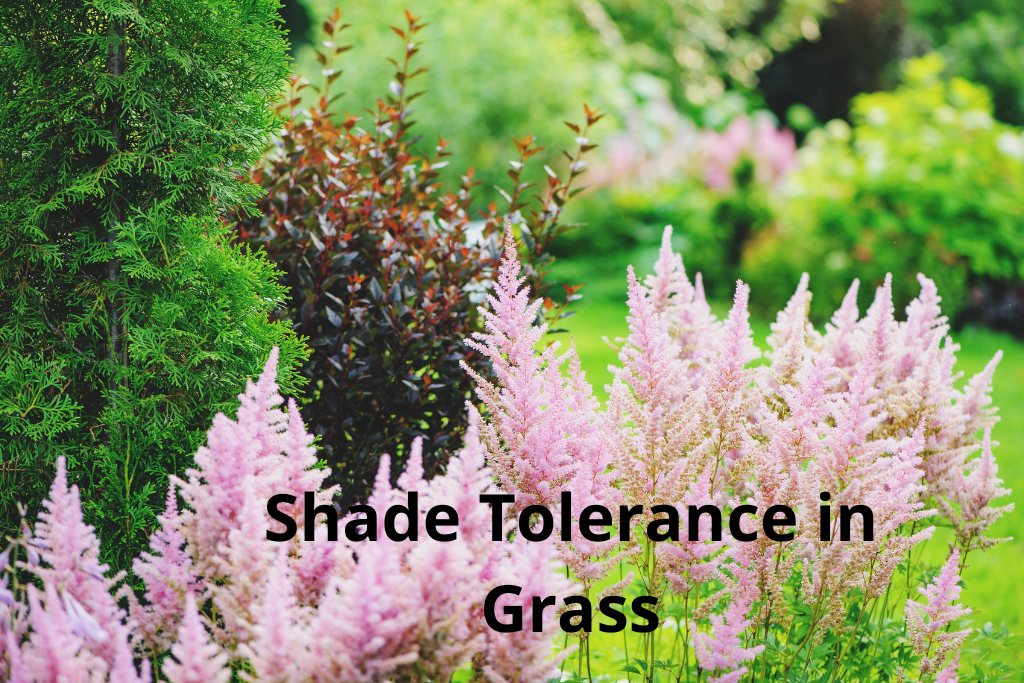Introduction
Growing a lush, green lawn in a shady yard can be a challenge. Grass needs sunlight to thrive, but some types are specially adapted to low-light conditions. By selecting the right shade-tolerant grass and providing proper care, you can achieve a healthy lawn even in areas with minimal sunlight.
1. Understanding Shade Tolerance in Grass
Shade-tolerant grasses are designed to grow in areas with reduced sunlight. While most grass requires at least 6-8 hours of direct sunlight, shade-tolerant varieties can thrive with 3-4 hours of sunlight or filtered light through trees. However, even these grasses may need more care in dense shade.
2. Top Grass Types for Shady Areas
Here are some of the best grasses for shaded lawns:
Fine Fescues
- Why It Works: Fine fescues, including creeping red, hard, and chewings fescue, are some of the most shade-tolerant grasses. They thrive in cool climates and require less maintenance.
- Ideal Conditions: Performs well in partial to full shade, with well-drained soil.
- Additional Benefits: Fine fescues are drought-tolerant and require less mowing.
Kentucky Bluegrass (Shade-Tolerant Varieties)
- Why It Works: Certain cultivars of Kentucky bluegrass are bred for shade.
- Ideal Conditions: Best for northern climates with cool summers.
- Additional Benefits: Offers a soft, dense lawn with excellent resilience.
Perennial Ryegrass
- Why It Works: While not as shade-tolerant as fine fescues, it performs well in moderately shady areas.
- Ideal Conditions: Thrives in well-drained soil and mild climates.
- Additional Benefits: Germinates quickly, making it a good option for overseeding.
Zoysia Grass
- Why It Works: Zoysia is a warm-season grass that can tolerate moderate shade in southern climates.
- Ideal Conditions: Performs well in sandy or clay soils in warmer regions.
- Additional Benefits: Durable and low-maintenance.
St. Augustine Grass
- Why It Works: Known for its excellent shade tolerance in warm climates.
- Ideal Conditions: Thrives in coastal or humid areas with sandy soil.
- Additional Benefits: Forms a dense, carpet-like lawn with good weed resistance.
3. Preparing the Area for Shade-Tolerant Grass
To ensure success, prepare the soil and area for optimal growth:
- Prune Trees and Shrubs: Trim overhanging branches to increase light penetration.
- Test the Soil: Shade areas often have acidic soil. Test and adjust the pH if needed (ideal pH: 6.0-7.0).
- Aerate Compact Soil: Aeration improves root development and water absorption.
- Remove Moss: Shade-prone areas often have moss, which competes with grass for nutrients.
4. Best Practices for Maintaining Shade-Tolerant Grass
Shade-tolerant grass requires specific care to thrive:
- Mow Higher: Keep the grass slightly longer (3-4 inches) to allow for better photosynthesis.
- Water Less Frequently: Shady areas retain moisture longer. Water only when the soil feels dry to the touch.
- Reduce Foot Traffic: Grass in shady areas is more susceptible to wear and tear. Use stepping stones or pathways where necessary.
- Fertilize Moderately: Apply a slow-release fertilizer specifically designed for shade lawns to avoid overfeeding.
5. Consider Alternatives for Dense Shade
If grass struggles in very shady areas, consider alternatives:
- Ground Covers: Plant shade-tolerant ground covers like moss, clover, or creeping thyme.
- Mulch Beds: Replace grass with mulch or decorative gravel to reduce maintenance.
- Hardscaping: Add patios, pathways, or seating areas in spaces with heavy shade.
Conclusion
Finding the right grass type for shaded areas requires understanding your climate, soil conditions, and the degree of shade in your yard. Whether you choose fine fescues, St. Augustine grass, or a mix of shade-tolerant varieties, proper preparation and care will ensure a lush, green lawn even in challenging areas. For expert advice and care, consult a lawn care service near me to tailor the best solutions for your yard.





Comments